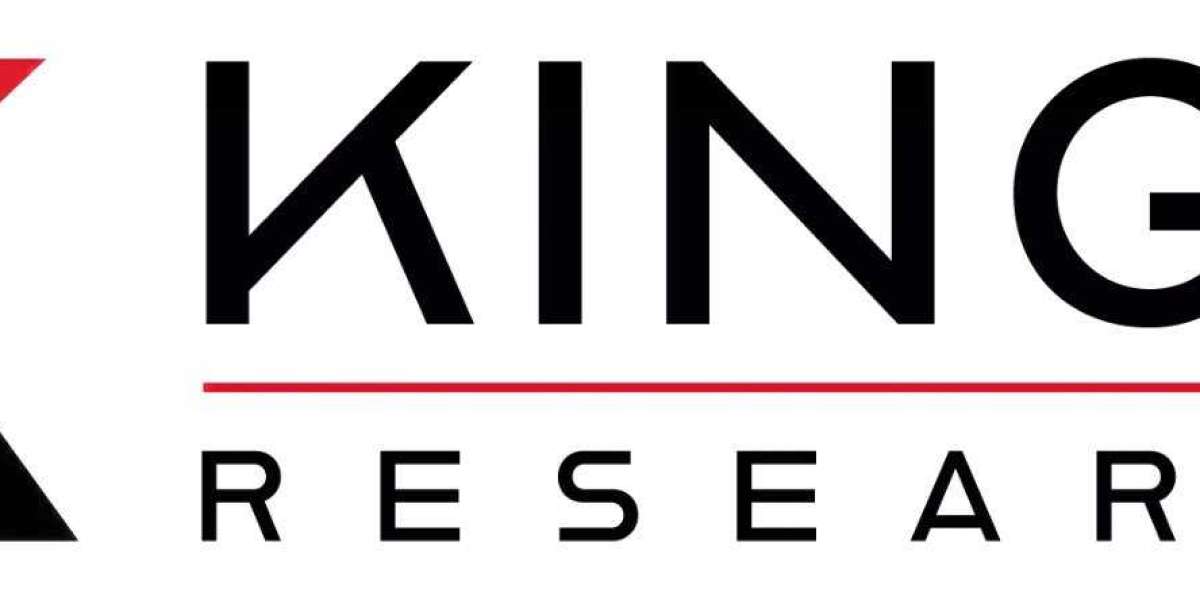The medical radiation shielding market is an essential segment of the healthcare and medical industry, driven by the increasing use of radiological procedures and the need to ensure safety for both patients and healthcare professionals. Radiation shielding involves the use of specialized materials and technologies designed to protect individuals from the harmful effects of ionizing radiation. This market encompasses a wide range of products and solutions, including lead aprons, radiation barriers, shielding materials, and advanced shielding technologies used in various medical settings.
Market Overview
The global medical radiation shielding market is experiencing substantial growth, fueled by rising awareness about radiation safety and the expanding use of diagnostic and therapeutic radiology. The market is characterized by a diverse range of products and applications, each designed to meet specific needs in medical environments. Key drivers of market growth include advancements in medical imaging technologies, increasing prevalence of chronic diseases requiring radiological interventions, and stringent regulatory standards regarding radiation protection.
The Medical Radiation Shielding Market size was valued at USD 1,650.0 million in 2023 and is projected to grow from USD 1,731.4 million in 2024 to USD 2,547.8 million by 2031, exhibiting a CAGR of 5.67% during the forecast period. The market is growing rapidly due to rising cancer rates, increasing use of diagnostic imaging, and ongoing advancements in shielding technology.
Market Dynamics
Drivers
Technological Advancements: Continuous innovations in medical imaging and radiation therapy have led to the development of more effective and efficient shielding solutions. For instance, advancements in lead-free shielding materials offer enhanced protection and improved comfort for patients and healthcare workers.
Increasing Radiation Exposure: The growing use of radiological procedures for diagnosis and treatment has heightened the need for effective radiation shielding. High levels of exposure in medical settings necessitate robust protective measures to minimize health risks.
Regulatory Standards: Governments and regulatory bodies worldwide are enforcing stringent safety standards and guidelines related to radiation protection. Compliance with these regulations drives the adoption of advanced shielding solutions in medical facilities.
Rising Incidence of Chronic Diseases: The prevalence of chronic diseases such as cancer and cardiovascular disorders, which often require radiological procedures, is increasing. This trend contributes to the higher demand for radiation shielding products.
Opportunities
Growth in Emerging Markets: The expansion of healthcare infrastructure in emerging markets presents opportunities for market players to introduce innovative shielding solutions. Increased investments in healthcare and diagnostic imaging services create a demand for effective radiation protection.
Development of Lead-Free Materials: The trend towards lead-free shielding materials aligns with growing environmental and health concerns. Companies focusing on developing eco-friendly and non-toxic shielding solutions can capture a significant share of the market.
Integration with Digital Technologies: The integration of digital technologies and automation in radiation shielding systems presents opportunities for enhanced protection and improved user experience. Innovations such as smart shielding systems and automated radiation monitoring offer potential growth avenues.
Competitive Landscape
The medical radiation shielding market is competitive, with key players focusing on product innovation, strategic partnerships, and geographical expansion to gain a competitive edge. Leading companies in the market include:
- Gammex: Known for its comprehensive range of radiation protection products, including lead aprons, shielding materials, and radiation barriers.
- MarShield: A prominent player offering custom radiation shielding solutions and advanced shielding technologies.
- RadiaShield: Specializes in lead-free shielding materials and cutting-edge radiation protection solutions.
- Schulke Mayr: A well-established company providing a range of radiation shielding products and services.
- Barricade Medical: Focuses on innovative shielding technologies and portable radiation protection solutions.
These companies are investing in research and development to enhance their product offerings and address emerging market needs. Strategic partnerships, mergers and acquisitions, and collaborations with healthcare providers are common strategies to expand market presence and leverage growth opportunities.
Get More Details About the Report- https://www.kingsresearch.com/medical-radiation-shielding-market-889
Future Trends
Personalized Shielding Solutions: The demand for personalized and patient-specific shielding solutions is expected to rise. Customized shielding products that cater to individual patient needs and medical conditions will gain prominence.
Enhanced Material Science: Ongoing research in material science is likely to lead to the development of more effective and lightweight shielding materials. Innovations such as nanomaterials and advanced composites will contribute to improved radiation protection.
Telemedicine and Remote Diagnostics: The growing adoption of telemedicine and remote diagnostic services may influence the design and use of radiation shielding solutions. Adaptations to accommodate remote diagnostic equipment and virtual consultations will be explored.
Sustainability and Eco-Friendly Solutions: The emphasis on sustainability and environmental responsibility will drive the development of eco-friendly shielding materials and manufacturing processes. Market players will increasingly focus on minimizing the environmental impact of their products.
Integration with Artificial Intelligence: The integration of artificial intelligence and machine learning in radiation shielding systems will enhance predictive capabilities and optimize protection measures. AI-driven solutions may offer real-time monitoring and automated adjustments based on radiation exposure levels.
Conclusion
The medical radiation shielding market is poised for significant growth, driven by advancements in medical imaging technologies, increasing radiation exposure, and stringent regulatory standards. With a diverse range of products and solutions, the market caters to various end-users, including hospitals, diagnostic imaging centers, and research institutions. While challenges such as high costs and limited awareness in certain regions exist, opportunities for growth lie in emerging markets, lead-free materials, and technological innovations.








